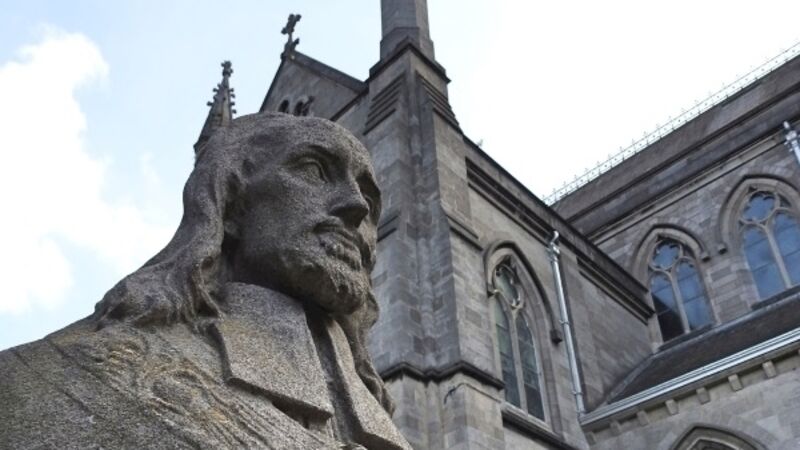Saint and sinner: Who was St Oliver Plunkett?

What do an award-winning street in Cork, an oak tree in Ardpatrick, and a church in Blackrock have in common?
They’re named after Oliver Plunkett, that’s what, says . But who exactly was this man?
Try from €1.50 / week
SUBSCRIBEWhat do an award-winning street in Cork, an oak tree in Ardpatrick, and a church in Blackrock have in common?
They’re named after Oliver Plunkett, that’s what, says Robert Hume. But who exactly was this man?
CONNECT WITH US TODAY
Be the first to know the latest news and updates
CONNECT WITH US TODAY
Be the first to know the latest news and updates

Our team of experts are on hand to offer advice and answer your questions here
Newsletter
The best food, health, entertainment and lifestyle content from the Irish Examiner, direct to your inbox.
© Examiner Echo Group Limited